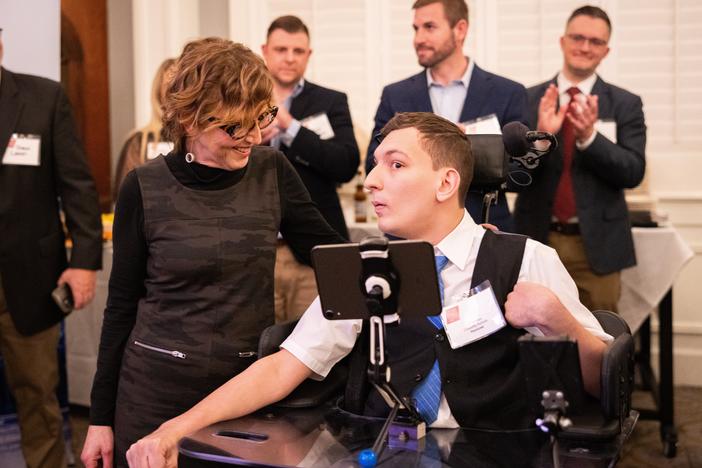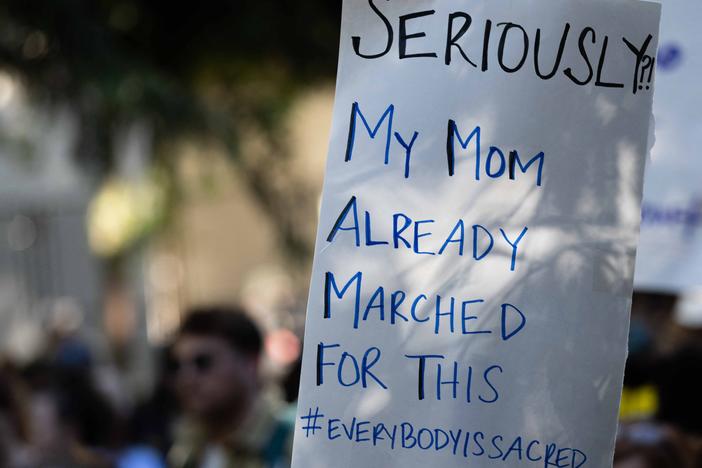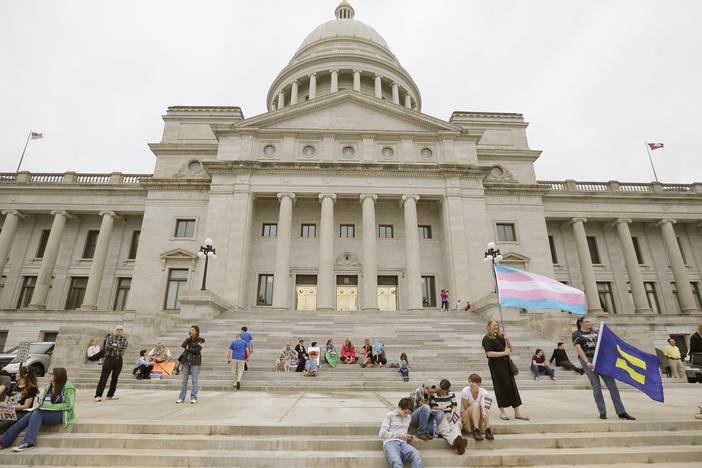Section Branding
Header Content
After being bitten by a rabid fox, a congressman wants cheaper rabies treatments
Primary Content
Rabies deaths are rare in the U.S. A lot of that is thanks in part to vaccines, but it's also because of the effective treatment available to those who have been exposed to the viral, deadly disease.
But that lifesaving treatment is expensive, especially for those without health insurance, and can leave people saddled with thousands of dollars of debt.
After his own encounter with a rabid fox on Capitol Hill in April, Rep. Ami Bera, D-Calif., is trying to change that. He introduced legislation on Wednesday that would lead to the creation of a government program that would reimburse health care providers who administer the treatment to people who are uninsured.
The introduction of the legislation, the Affordable Rabies Treatment for Uninsured Act, coincided with World Rabies Day, which aims to raise awareness about the disease worldwide.
"Despite being a fatal disease, rabies is preventable if treated quickly," Bera said in a statement. "After being bit by a rabid fox, I was fortunate to have access to readily available and low-cost vaccines. But for too many Americans, the costs of treatment would break their banks. My legislation would seek to reduce the high costs of treatment for uninsured Americans, ensuring that no one has to choose between receiving treatment or not because of high costs."
Typically, people who are exposed to rabies receive a five-shot regimen of rabies immunoglobulin and the rabies vaccine over the course of two weeks. But those shots are expensive. Earlier this year, drug pricing data from GoodRx estimated the cost of this treatment runs between $4,868.35 to $5,930.83 — not including the cost to administer the drugs, or the markups frequently charged by hospital emergency rooms, where treatment usually begins.
On average in the United States, 60,000 people are thought to be exposed to rabies yearly, but fewer than three people die from the disease because of post-exposure treatment, according to the Centers for Disease Control and Prevention. But globally, that's not the case. Approximately 60,000 people die from rabies every year, and many of those deaths result from dog bites.
Most of the rabies cases in the U.S., though, are linked to wild animals, including foxes, bats, skunks and raccoons. If you are bitten by a wild animal or a domestic pet with an unknown vaccination status, it's a good idea to get checked out by a doctor as soon as possible. The post-exposure treatment is extremely effective, but it needs to take place before symptoms set in; when that happens, rabies has an almost 100% fatality rate.
Copyright 2022 NPR. To see more, visit https://www.npr.org.
Bottom Content




